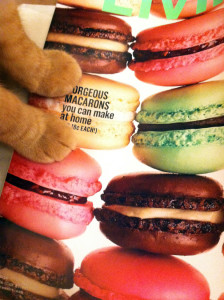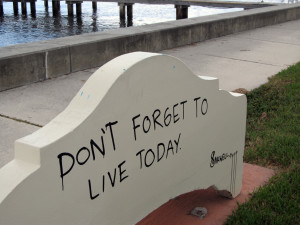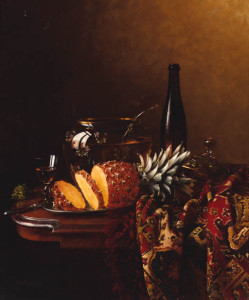EIGHTH DAY of CHRISTMAS:
St. Macarius’s Day
I have known of macaroons––the chewy, delectable treat made from shredded cocoanut––for as long as I can remember. Only in the last couple of years have I learnt of the macaron––the small French confection made in lovely pastel shades, typically sandwiched together with a filling inside of ganache or jam. They are both very different and yet somewhat the same: they both contain almonds, whether in ground or paste form, and little or no flour. Both are delicious. And both, I would think, have a similar etymological background… and quite a long history in the foodways of old cultures.
On this Eighth Day of Christmas I often think of macaroons (and now macarons) even though I’m not necessarily eating them, for there are still plenty of Christmas cookies to eat. The day is given to the Feast of St. Macarius of Egypt, a fourth century saint from Alexandria who lived the latter part of his life as a hermit in the desert, eating only raw vegetables on most days. On special days, he ate a bit of bread dipped in oil. He was an ascetic and, by the sound of things, not all that much fun. However, before choosing his more extreme lifestyle, Macarius had been a confectioner in Alexandria. For this reason he is known as a patron saint of cooks, confectioners and pastry chefs. This, as you might guess, is the St. Macarius we are most interested in on this Eighth Day of Christmas.
Some people have a hard time saying St. Macarius, and so he has also been known over the ages as St. Macaroon (perhaps St. Macaron in France?)––fitting enough for a confectioner, I’d say. And so for this Eighth Day of Christmas we are encouraged to enjoy the sweet things in life. So go on, have a macaroon. Or a macaron. Or anything that sweetens your day. Macarius the Confectioner would smile upon this. Just don’t tell Macarius the Ascetic.
Image: Set a piece of paper or a letter or a magazine on the floor, and Haden the Convivio Shopcat will, sooner or later, sit upon it. You can bet your bottom dollar. Those are her two orange paws atop the magazine that first introduced me to macarons: Martha Stewart Living, March 2014.


